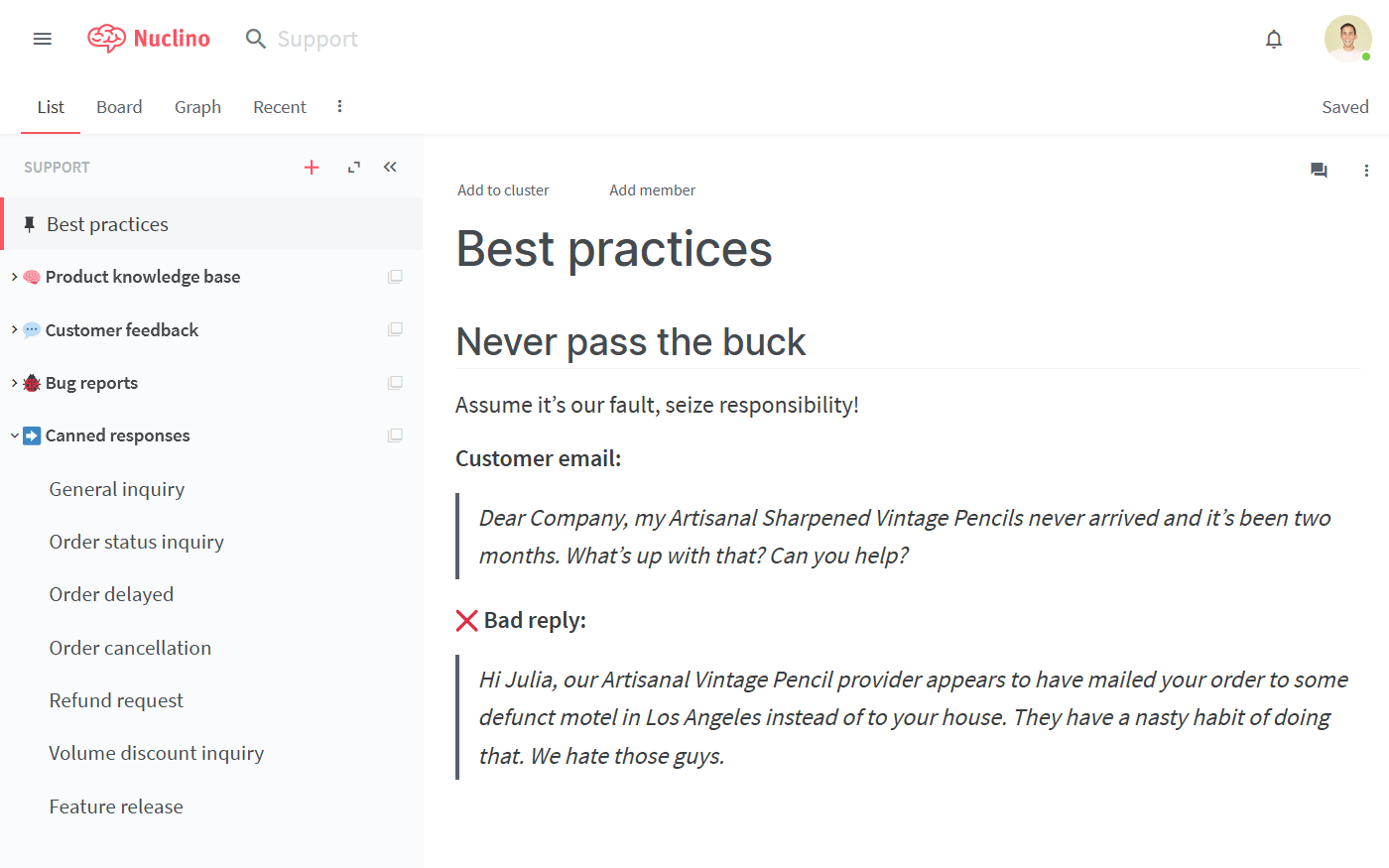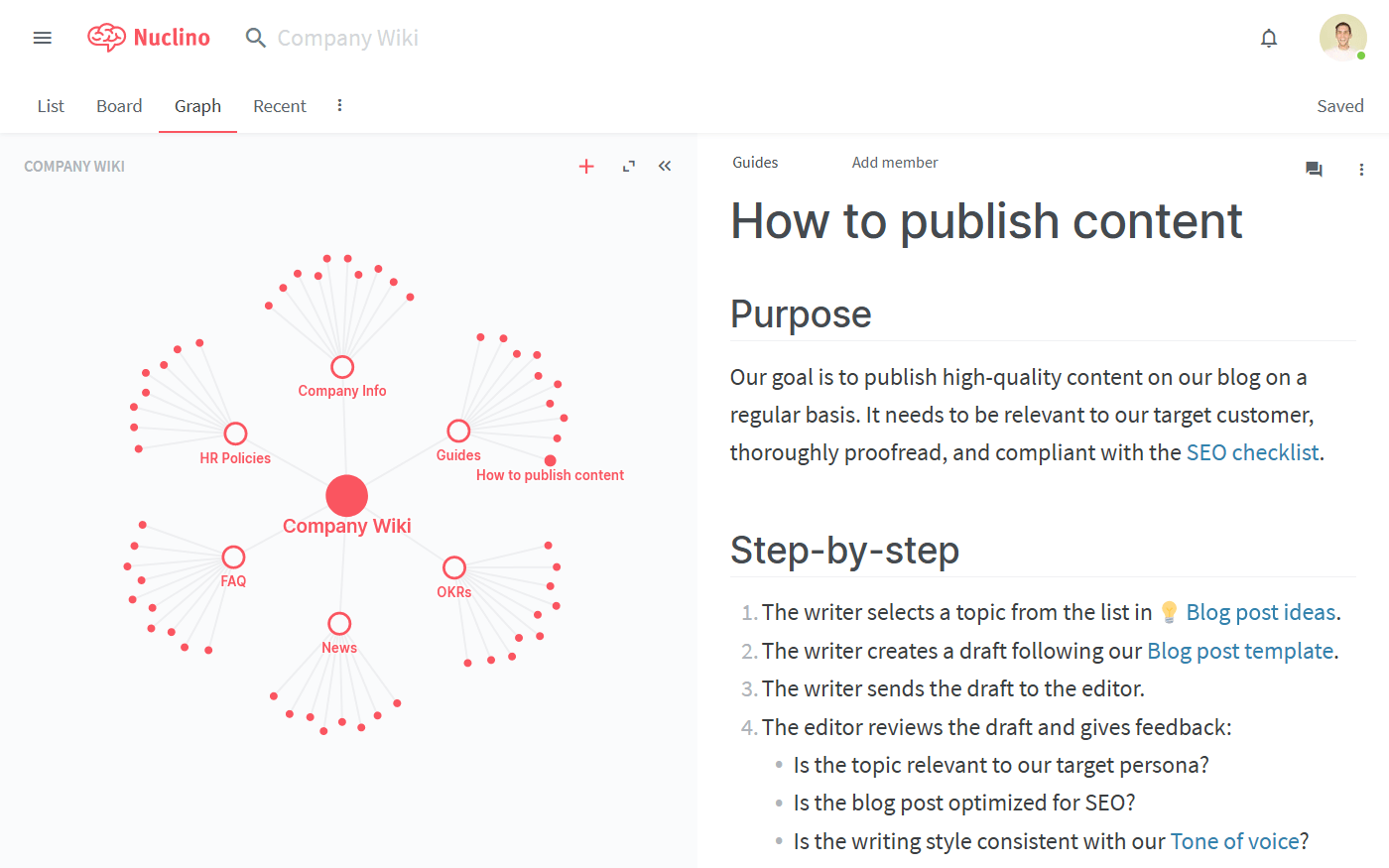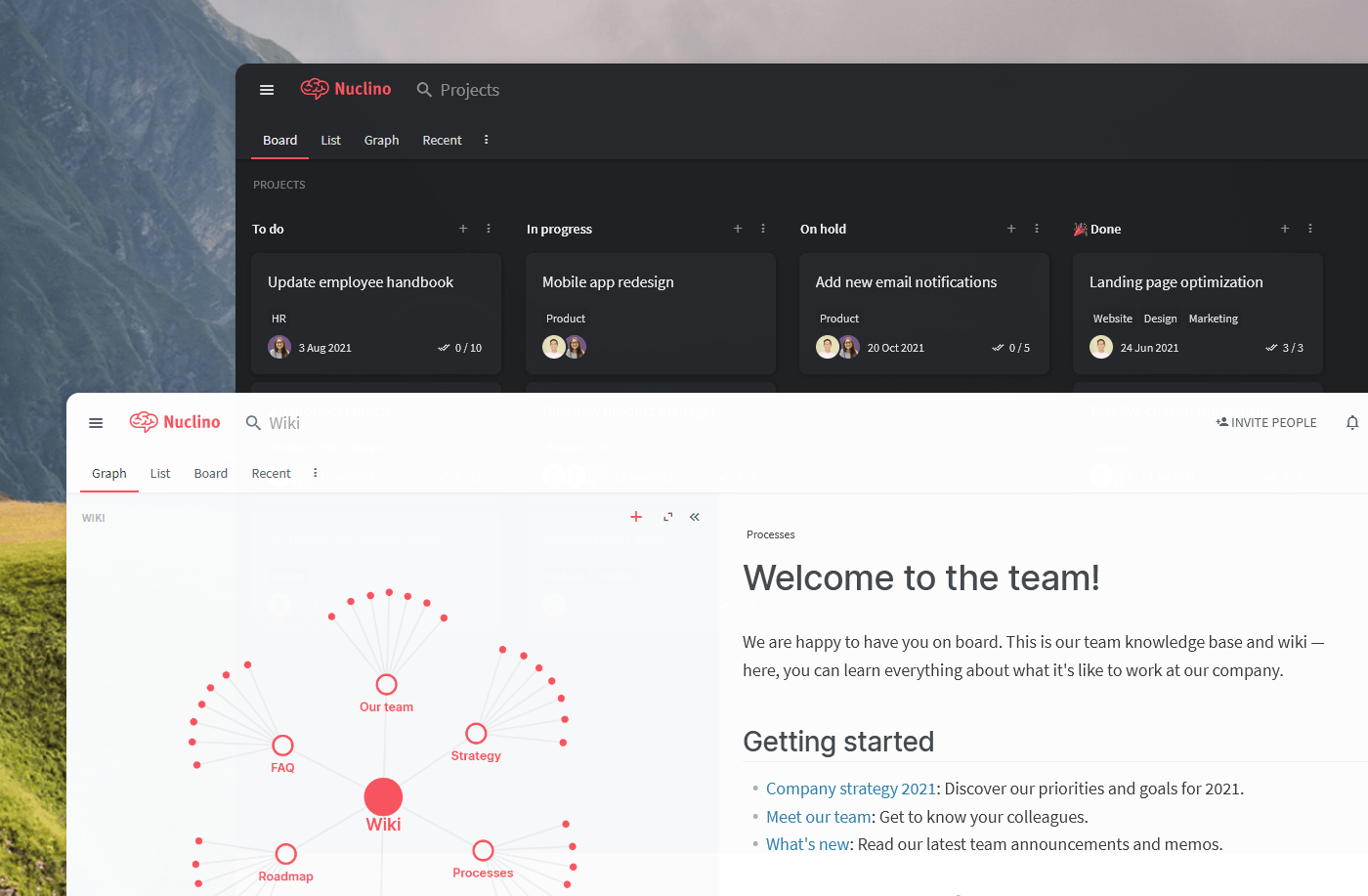Employee Training and Development
Retain and motivate your employees by giving them an opportunity to grow and develop their skills.
One of the most important assets of every organization is its employees, and successful companies know how to make the most of it.
As the battle for top talent becomes more competitive, employee training and development programs are more important than ever. It's not enough to hire the best people – how you engage and develop them over time will have a direct impact on your bottom line.
Let's dive deeper into what employee training is and why investing in it pays off.
- What is employee training and development?
- Benefits of training and development
- Employee training methods and best practices
What is employee training and development?
Training and development is a formal, systematic process during which companies help their employees acquire the knowledge and skills needed to improve their performance and advance their professional growth.
It's one of the main functions of human resource management and is carried out through a variety of educational programs and activities, such as seminars, lectures, mentorships, orientation programs, and so on.
Employee training vs. employee development
"Employee training" and "employee development" are often used interchangeably, however, there are several important differences.
Employee training is a short-term initiative to upgrade the employee's knowledge, skills, and competencies, and improve their performance in their current roles. Training programs focus on teaching employees how to perform certain tasks and usually have very specific goals.
Examples of employee training activities include:
Teaching new team members how to use your content management system.
Creating an internal company knowledge base or an employee handbook to share knowledge.
Setting up a customer service training program to improve the performance of your support team.

Example of a customer support knowledge base in Nuclino
On the other hand, employee development is a continuous, open-ended process designed to help employees acquire skills that will be beneficial in the long term. Employee development programs focus on offering holistic educational opportunities that enable employees to grow professionally and develop useful personal skills, such as communication, leadership, decision-making, creativity, conflict resolution, and so on.
Examples of employee development activities include:
Setting up seminars to help employees learn how to communicate effectively.
Creating a job rotation program to allow employees to diversify their abilities.
Assigning mentors to junior employees to help them develop their leadership skills.

Benefits of training and development
Many employers don't consider employee training and development to be a high-priority issue. It's expensive to design and organize proper training programs, and employees have to miss out on work to participate in them.
It's not surprising that at most companies, once the initial onboarding process is complete, the employees are expected to learn "on the job", with no formal training opportunities.
The results speak for themselves. Studies show that:
70% of the employees feel that they are not reaching their full potential at work.
37% of employees plan to leave their jobs due to lack of training.
When employees feel that their professional growth and personal development are being stifled, they leave. Making sure that doesn't happen is just one of many reasons to invest in employee training and development.
Higher employee retention and lower turnover
Team members feel valued when their employer invests in them. They see training and development programs as an additional benefit – and 94% of them say that it would make them stay at a company longer.
Given that the cost of replacing an employee can reach 150% of their annual salary, lowering employee turnover can have a significant impact on your bottom line.
Improved employee performance
Employee training is directly linked to better performance because it helps your staff become more skilled, confident, and knowledgeable about their job and their industry. They spend less time searching for information, perform their tasks faster, and make fewer mistakes.
There are many performance management tools that can help you better assess the impact of training programs on employee performance and identify areas of improvement.
Higher job satisfaction and motivation
Showing your employees that you care about their professional development and long-term career goals is a great way to boost morale. Happy and motivated employees work harder, stay longer, and are overall more productive, engaged, and committed to your company. Tracking Employee Net Promoter Score (eNPS) can be one way to measure the effectiveness of your approach.
Efficient knowledge transfer
Knowledge management is an essential component of employee training and development.
When an experienced employee leaves, their knowledge may be gone with them. With proper training and development programs in place, this knowledge loss can be prevented. Information and know-how will flow freely throughout your organization, passing from your senior employees to the new hires.
Stronger innovation and competitive edge
For your organization to remain competitive in today’s fast-paced business environment, your employees need to continuously hone their skills and update their knowledge of the industry. One of the objectives of staff training programs is to help your team stay ahead of the curve and come up with innovative, competitive solutions.
Better company reputation
Having a successful training and development program doesn't just help you retain existing employees. It makes it easier to attract new talent in an increasingly competitive market. Considering that 87% of millennials claim that professional growth and career development are very important to them, they would be more likely to pick a company that would offer them an opportunity to grow.
Employee training methods and best practices
Employee training and development activities come in many forms, including in-person training, self-instruction, e-learning portals, job rotations, and so on. Most effective programs tend to combine several different methods into a single, holistic approach to employee development.
Team knowledge base
For your training program to be effective, it is important to create a culture of transparency and knowledge-sharing in your organization. Setting up a knowledge management system (KMS) such as a team knowledge base or an internal wiki is the first step.
Create a centralized knowledge repository where every employee can share their know-how and best practices. This will enable them to learn from each other's experience and make your entire team more productive.

Example of an employee guide in a corporate wiki in Nuclino
New employee onboarding
Employee onboarding is the first training program your new hire will participate in. Don't reduce it to a quick tour around the office and a print-out of the employee handbook. First impressions matter, and starting off on the wrong foot can doom your efforts to retain your new employee.
Get feedback from both, the team managers and the new employees and use it to continuously improve your onboarding training and orientation program.
On-the-job training
During the on-the-job training (OJT), employees receive first-hand experience performing their day-to-day tasks. It usually involves a combination of shadowing coworkers and completing tasks under the supervision of the training manager. It's one of the oldest and most popular forms of employee training because it is inexpensive and highly suitable for practical tasks in many types of workplaces.
Mentoring and coaching
On-the-job training is often done in conjunction with a mentoring or a coaching program. This type of employee training is particularly suitable for industries where ongoing hands-on coaching is required.
The coaching program needs to be led by experienced professionals who are knowledgeable in the specific field. If your organization does not have the resources or expertise to provide this type of training internally, you can sign a coaching contract with an external company that specializes in employee training. It can be quite costly and time-consuming, but also quite effective as it enables the employee to receive individual attention.
This is by no means an exhaustive list. Other methods of training include role-playing, job rotation, simulation, lectures, group activities, case studies, and so on. Depending on your industry and team size, a different combination of training and development activities may be more effective. Experiment with different approaches and proactively collect feedback from your team to find out what works best for you.
Nuclino: Your team's collective brain

Nuclino brings all your team's knowledge, docs, and projects together in one place. It's a modern, simple, and blazingly fast way to collaborate, without the chaos of files and folders, context switching, or silos.
Create a central knowledge base and give your team a single source of truth.
Collaborate in real time or asynchronously and spend less time in meetings.
Manage and document your projects in one place without losing context.
Organize, sort, and filter all kinds of data with ease.
Integrate the tools you love, like Slack, Google Drive, Figma, Lucidchart, and more.
Ready to get started?
